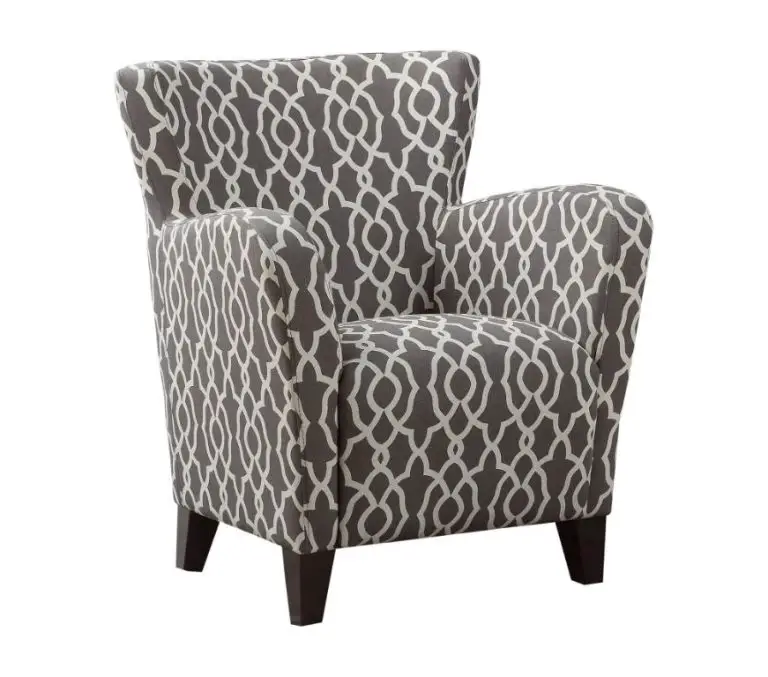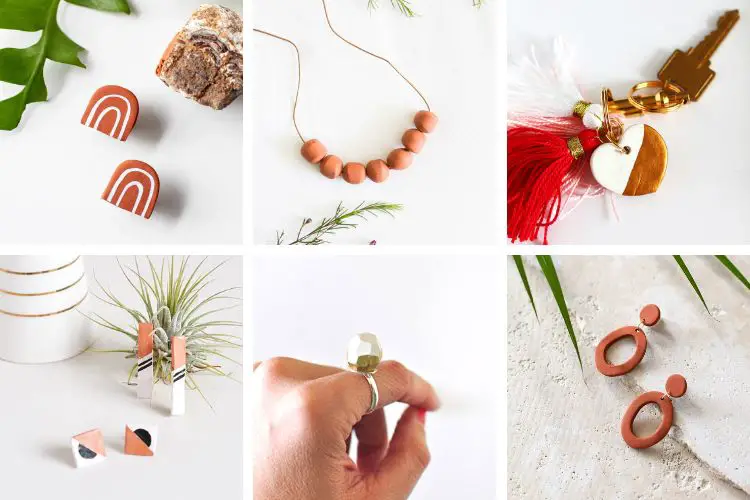Can You Glue Ceramic Together?
Ceramics are one of the most popular materials for creating dishes, art, and other household objects. The global ceramics market was valued at over $200 billion in 2020 and is forecast to grow to nearly $360 billion by 2030, according to Statista. However, ceramics are brittle and prone to breaking, especially dishes and tiles. It’s estimated that millions of ceramic objects like plates, bowls, and mugs are broken each year in households worldwide.
When a cherished ceramic object breaks, many people want to try and repair it rather than throw it away. Gluing broken ceramic pieces back together is possible with the right adhesive and technique. This article will cover how to effectively glue together broken ceramic items like plates, mugs, figurines, tiles, and more.
Challenges of Gluing Ceramic
Ceramic is a challenging material for adhesives. It is porous and brittle, which makes achieving a strong bond difficult. Some key issues when gluing ceramic include:
- Porosity – Ceramic’s porous surface prevents glue from fully penetrating the material. This leaves areas that are unbonded and weak points in the joint.
- Brittleness – The rigid, inflexible nature of ceramic means the bond is vulnerable to failure under stress or impact. Even slight flexing can cause the ceramic to crack and break at the glued joint.
- Gaps – It’s difficult to achieve full contact between broken ceramic edges, leaving gaps in the joint that adhesives cannot fill.
- Thickness – Thin ceramic tends to break more easily at the joint than thicker pieces that allow deeper glue penetration.
- Curing time – Glue needs sufficient curing time to reach maximum strength. The bond remains weak and prone to re-breaking if stressed too soon.
Achieving lasting repairs requires selecting the proper ceramic glue and application method to overcome these inherent challenges.
Cleaning Broken Ceramic Pieces
Proper cleaning and preparation of the broken edges is crucial for a strong ceramic repair. According to Loctite’s guide on fixing broken ceramics[1], the first step is to clean the broken pieces thoroughly to remove any dust, dirt, grease or contaminants. Use a clean cloth or brush to wipe away any debris. For stuck-on grime, use warm soapy water and rinse well. Allow the ceramic pieces to dry completely before attempting to glue them.
It’s also important to remove any loose glazing from the broken edges that will be glued, as this can prevent the adhesive from bonding properly. Gently scrape or sand the edges to expose the bare ceramic underneath. Take care not to damage the surrounding glazed areas. Any uneven or jagged areas on the breaks can also be smoothed down lightly with sandpaper. This will allow the broken edges to fit together neatly and tightly.
Proper cleaning and preparation is vital for the strongest repair possible. The broken edges must be contaminant-free, dry and even for the best adhesion with ceramic glue. This provides the optimal surface for bonding the pieces back together.
Choosing the Right Glue
When it comes to selecting the right glue for ceramic repair, you’ll want to consider the strength, flexibility, and water resistance required for your project. Some key options include:
Epoxy glue is often recommended for ceramic repairs. It creates a very strong, rigid bond that can withstand high temperatures. Two-part epoxy formulas like Loctite Epoxy are commonly used.
Super glue, or cyanoacrylate adhesive, provides a fast-drying bond. It works well on smooth ceramic edges, but may not be as effective for porous materials. Super glue can turn brittle over time. Brands like Gorilla Glue and Krazy Glue offer cyanoacrylate adhesives.
Glass glues are formulated to bond glass and ceramics. They cure clear and resist humidity. Popular options are Loctite Glass Glue and The Original Super Glue brand glass glue.
Consider the required flexibility, strength, drying time, and water resistance for the ceramic object you are repairing. An epoxy or glass glue will provide the most durable bond for household items like mugs, plates, and figurines.
Applying the Glue
When applying ceramic glue, it’s important to use only a small amount. According to Loctite, “Apply only a small drop of glue to one surface – a little goes a long way.”
Too much glue can cause the bond to fail or lead to glue seeping out from the cracked edges. It’s best to apply the glue sparingly to just one side of the broken ceramic piece. Using a toothpick or applicator can help control the amount of glue used.
It’s also crucial to let the glue cure fully before handling the repaired item. The Loctite site recommends, “Leave it alone for at least 10 minutes before handling.” Moving or stressing the pieces before the glue has hardened completely can undo the bond.
Each ceramic glue will have its own specific drying time noted on the instructions. This is the minimum time needed for the strongest bond, though allowing extra drying time is recommended for larger repairs. Avoid rushing the curing process.
Clamping Broken Pieces
Proper clamping is crucial when gluing broken ceramic pieces back together. The clamping helps hold the pieces tightly in their correct positions while the glue sets and cures. There are a few techniques for optimal clamping of ceramics:
– Use clamps specifically designed for clamping ceramics. These often have soft or rubberized pads that grip the ceramic gently without scratching. Spring clamps, binder clips, and wooden clamps can also work.
– Place parchment paper between the clamp and ceramic so the clamp doesn’t stick to the glue. Wax paper also works well.
– Clamp along the strongest edges and sides rather than across a weak broken edge. This provides more stability.
– Use enough clamps to fully secure the pieces. Having multiple smaller clamps is better than one large one.
– Allow weighted objects to rest on top of the seam to apply pressure as the glue cures. Books, cans, or bricks wrapped in cloth work well.
– Keep clamped for at least 24 hours to allow it to fully cure before removing clamps.
Proper clamping ensures the repair has the best chance of success and withstands daily use once repaired.
Drying and Curing
After applying the glue, it’s crucial to allow enough time for it to fully dry and cure before handling or using the repaired ceramic item. According to Ceramic Glue manufacturers, most ceramic glues will dry within 45 seconds to 1 minute. However, the initial dry time is not the same as full curing time.
While cyanoacrylate “super glues” may dry quickly, it takes 24-48 hours for the bond to fully cure and reach maximum strength. With epoxy glues, both the drying and curing times are longer – epoxy can take 6-12 hours to initially set, and then another 24-48 hours to fully harden. It’s crucial to wait the full curing time before putting any stress or weight on the repaired ceramic, or it risks re-breaking along the glued seams. Do not soak, wash, or use the ceramic item until the glue has fully hardened. Patience is key for the strongest repair possible.
The exact drying and curing times depend on the specific glue used, amount applied, and environmental factors like temperature and humidity. Always follow the manufacturer’s instructions for full cure times. Rushing the process risks ruining the repair job. A properly cured ceramic glue repair can last indefinitely if the broken pieces were aligned correctly.
Surface Finishing
After the ceramic glue has fully cured, you will likely need to do some surface finishing to smooth out the repaired area. This involves gently sanding or filing down the glue line so that it blends in seamlessly with the rest of the ceramic piece. Start with a medium grit sandpaper around 150 and gently sand in a circular motion along the glue line. Be very careful not to sand too aggressively as you don’t want to scratch the glaze on the ceramic. As you sand, regularly wipe away any dust to check your progress. Continue moving up through finer grits of sandpaper, like 220 and 400, until the glue line is smooth. Alternatively, you can use a nail file, emery board or very fine sanding sponge for the blending. The key is to take your time and blend the edges of the glue into the existing glazed surface. This finishing step helps hide the repair so that it is nearly invisible.
Strength of Repaired Ceramic
A common concern when gluing broken ceramic pieces back together is whether the repaired item will be as strong as the original. According to studies, epoxy adhesives can create bonds with up to 70-100% of the original ceramic strength. However, the strength depends on the adhesive used, surface preparation, and clamping technique.
For a high-strength ceramic repair, choose a rigid two-part epoxy formulated for ceramics and metals. Make sure the surfaces are thoroughly cleaned before applying a thin layer of adhesive. Clamp the pieces tightly together as the epoxy cures. Allow the full curing time before removing clamps and handling the item.
For large cracks or pieces under tension, consider reinforcing from the inside with fiberglass mesh and epoxy. This helps distribute stresses over a larger area. With careful gluing technique and the right adhesive, repaired ceramics can regain much of their original strength.
Conclusion
As this article demonstrates, gluing ceramic back together is indeed possible under the right conditions. The key is using the appropriate adhesive for the job – generally a strong two-part epoxy glue specifically formulated for ceramics. With proper surface preparation, careful application of the glue, and sufficient clamping pressure while the glue cures, strong repaired bonds can be achieved.
While gluing may not restore the ceramic to pristine, like-new condition, it can often extend the life of a cherished item and prevent it from ending up in a landfill. With some patience and care, most breaks and cracks in ceramic materials like plates, mugs, vases, figurines, and tiles can be successfully repaired.
Just be sure to research and select a high-quality ceramic epoxy and follow the application directions closely. Clamping and proper curing time is critical. The repaired piece may not hold up to vigorous use but can be more than adequate for display purposes. With a little effort, you can give your favorite ceramic items a new lease on life.




